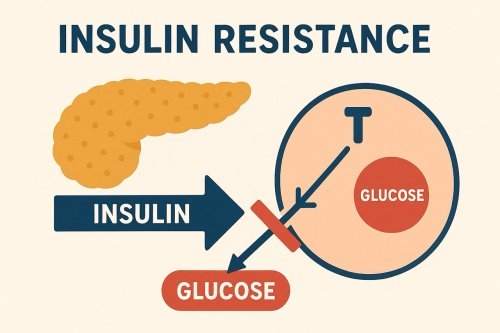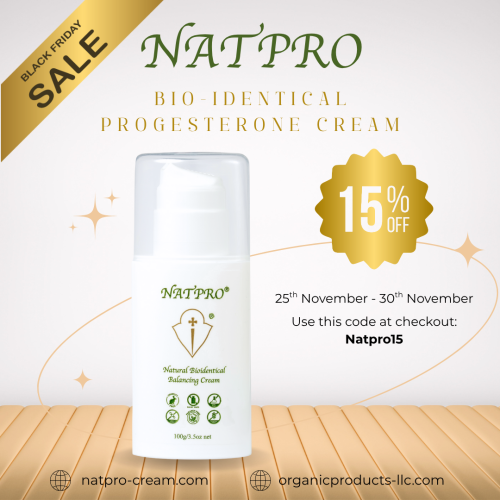Deirdre
by Deirdre Edwards
(Kentucky)
I am 51 years old and about 7 months ago had a problem with an extremely dry mouth, 2 months later it felt like my mouth had been scalded, the condition is getting worse and now my eyes burn and water alot also. I've been removing all medication trying to eliminate any chemical culprits. The only thing I have remained on is my Ambien to sleep. Anxiety and depression over this condition is overwhelming at times. I've recently added a multi-vitamin and B12 back into my regimen. Also, talked my doctor into progesterone cream and I am applying 10mg a day, just started it 5 days ago and have not noticed any difference. From what I've read on here, the dosage doesn't seem to be enough. I feel terrible b/c I've read that others have suffered with this condition for 10+ years and I'm whining after 7 months. Is there any help out there for us?
Comments for Deirdre
|
||
|
||
|
||
|
||
 Feeling tired, foggy, or struggling with stubborn weight gain—especially around the waist? You might be surprised to learn that these symptoms could be linked to insulin resistance, a condition that a…
Feeling tired, foggy, or struggling with stubborn weight gain—especially around the waist? You might be surprised to learn that these symptoms could be linked to insulin resistance, a condition that a… Are you struggling with irregular cycles, unwanted hair growth, or unexplained fatigue? You’re not alone. Polycystic Ovarian Syndrome (PCOS) affects up to 10% of women of reproductive age—and many mor…
Are you struggling with irregular cycles, unwanted hair growth, or unexplained fatigue? You’re not alone. Polycystic Ovarian Syndrome (PCOS) affects up to 10% of women of reproductive age—and many mor… While progesterone is often discussed in relation to reproductive health, emerging research reveals its remarkable role in supporting brain function and protecting against neurological decline. Proges…
While progesterone is often discussed in relation to reproductive health, emerging research reveals its remarkable role in supporting brain function and protecting against neurological decline. Proges… Incase you missed it!
Today is the last day for you to claim 15% off our Natpro 100ml Dispensers. The sale ends at midnight tonight.
How to Claim Your 15% Discount:
•Shop at
Incase you missed it!
Today is the last day for you to claim 15% off our Natpro 100ml Dispensers. The sale ends at midnight tonight.
How to Claim Your 15% Discount:
•Shop at